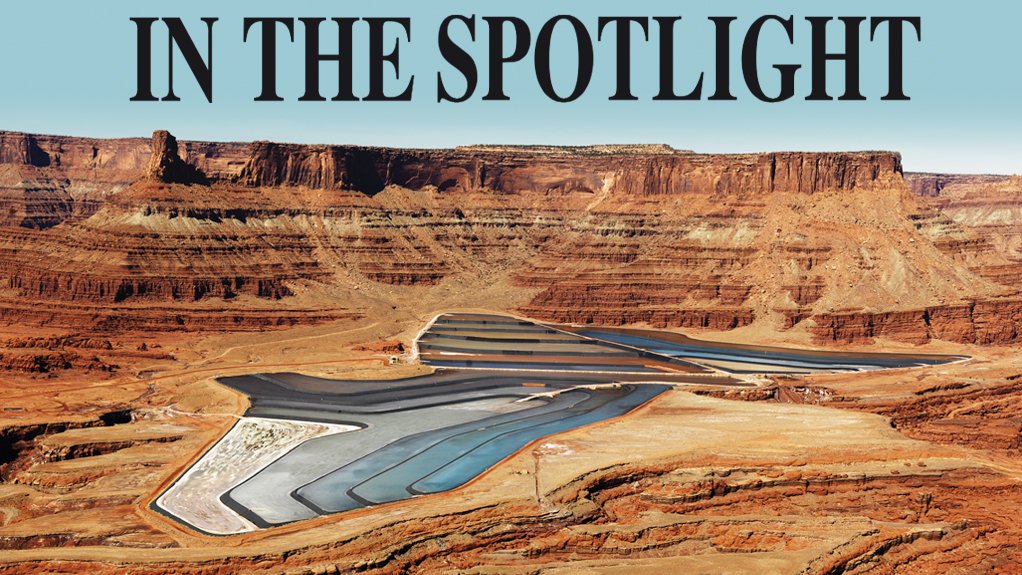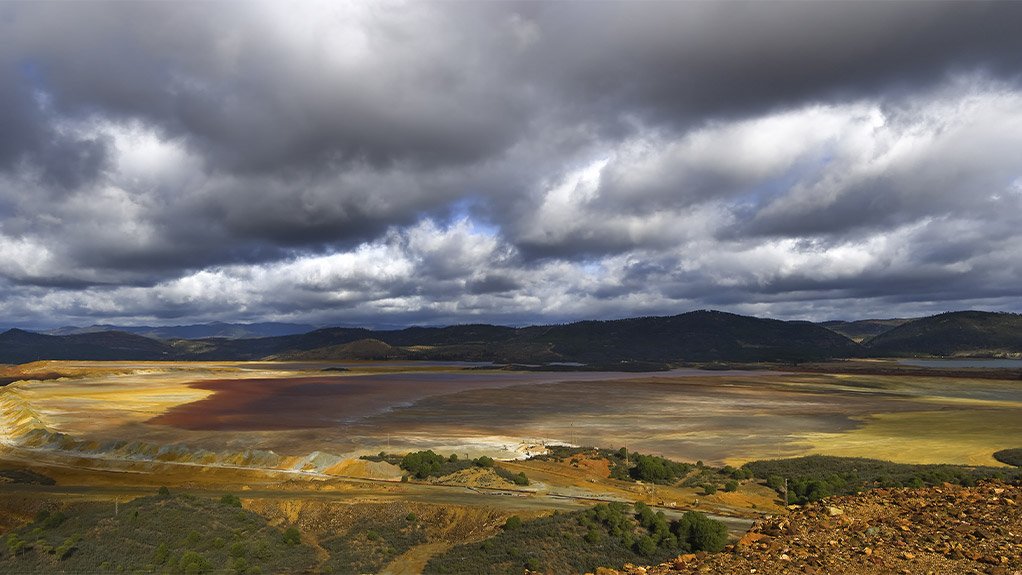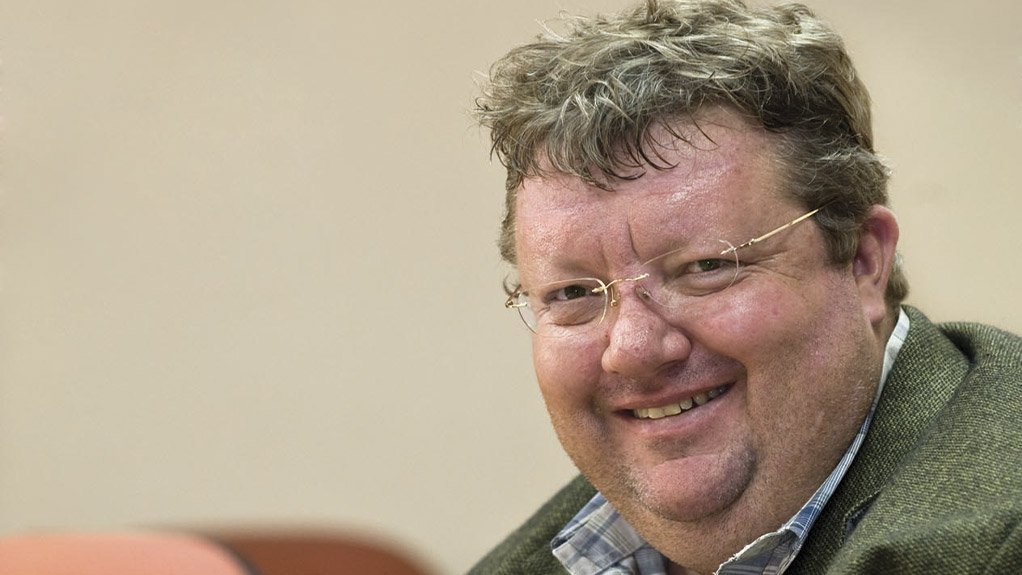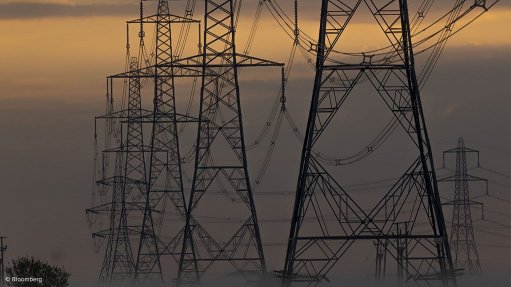Recent disasters thrust tailings dam management to the fore







UNDER SCRUTINY Responsible and accountable mining companies have put a lot of effort into scrutinising the way in which their TSFs are being operated
ADRIAAN MEINTJES The biggest challenge regarding TSFs is to address the expectations of a changing world
STEFAN FOURIE Tailings practitioners need to execute their duties without the fear of making unpopular recommendations
WARREN BEECH Investors are reportedly seriously considering divestment in the absence of a proper understanding of the risks associated with the TSFs at the mines in which they have invested
MICHAEL VALENTA South Africa is very well placed in terms of the design, operation and maintenance of tailings facilities
The tailings storage facility (TSF) failures at Mount Polley, in Canada, and at San Marco and Brumadinho, in Brazil, have altered how tailings engineering, construction and operations will be undertaken, says Adriaan Meintjes, a partner at SRK Consulting, an independent consulting firm of engineers and scientists.
“These three significant tailings dam failures are similar in nature to a decisive event such as 9/11. It should be noted that there are still many other TSF failures worldwide which go almost unnoticed, except by those working in this field,” he says.
Meintjes says the biggest challenge regarding TSFs is addressing the expectations of a changing world.
He tells Mining Weekly that, while the South African tailings and waste management sector is probably on a par with the world’s best practices, that does not suggest that there is no room for improvement.
Metallurgical services provider Metallicon Process Consulting MD and Southern African Institute of Mining and Metallurgy (SAIMM) member Michael Valenta – a cochair of the SAIMM’s upcoming 2020 Tailing Storage Conference – notes that South Africa is well placed in terms of the design, operation and maintenance of tailings facilities.
“We have the necessary skills and the willpower to maintain a clean record. Historically, TSFs did not receive much attention; however, there has been a significant response, following recent TSF failures, resulting in stricter rules and regulations,” he adds.
Much of this attention can be attributed to the increased frequency and similar nature of these failures, the associated loss of life and the environmental damage they have caused, says global engineering firm Aurecon Group senior tailings and geotechnical engineer Stèfan Fourie.
He adds that, from a governance perspective, many questions are being asked about the responsible management of TSFs, as failures lead to negative exposure for mining companies, creating the impression that they are irresponsible and unaccountable.
“The liabilities that these companies are exposed to as a result of TSF failures significantly impact on the sustainability of the mining industry and will burden mining companies for the foreseeable future,” Fourie underscores.
While responsible and accountable mining companies have put a lot of effort into scrutinising the way in which their TSFs are being operated, tailings practitioners and geotechnical engineers are increasingly being called upon to more comprehensively assess the wellbeing of TSFs, he comments.
TSF failures are often associated with shortcomings around design, construction, management and maintenance, says multinational law practice Eversheds Sutherland mining and infrastructure head Warren Beech.
The impact of environmental changes – including significantly increased volumes of rain – whether associated with climate change or not, is also another factor.
“This also includes the management of change, such as not using TSFs beyond their useful life, owing to production, political, community or other pressures – or a combination of all these factors,” he says.
Further, describing it as one of the “worst tailings dam failures” in recent history, Beech highlights that the collapse of mining company Vale’s Brumadinho iron-ore TSF in January, “brought back memories” of South Africa’s tailings dam disaster at Merriespruit, in Virginia, in the Free State, in 1994.
It resulted in the death of 17 people, with extensive damage to property and the environment.
The Bafokeng tailings dam failure in Rustenburg, in the North West, in 1974, resulted in the death of 12 people.
These two disasters are the only TSF failures in South Africa in close to half a century.
“Merriespruit and Bafokeng refocused attention on essential monitoring activities of tailings dams and, in South Africa, those have been adhered to probably better than most others in the world,” says Meintjes.
Fourie points out that challenging site conditions have compelled tailings practitioners to adopt innovative operating methods, such as filtered dry-stack and high-density tailings to improve the safety of TSFs.
“Once operational, TSFs are sometimes not adequately monitored or operated as intended. The adoption of real-time monitoring of TSFs is becoming more prevalent. Tailings practitioners must continuously demonstrate the benefits of adopting such methods.”
He says that the prospect of a global standard governing the design, construction and operation of all tailings facilities is encouraging. There are, however, reservations whether a single standard can be implemented globally, says Fourie.
Alternative Solutions
Meintjes says that, as water is a scarce natural resource in Africa, water savings could be the future of tailings, of which there are four types – conventional, thickened, paste and filtered tailings. Filtered tailings are often referred to as dry tailings.
“Conventional and thickened tailings use more water. However, you can save 100% more water on filtered (dry) tailings than on conventional tailings, and the industry is starting to look into it very seriously.”
He notes that the increased uptake in paste and dry tailings is essentially the result of the savings in water, which is “absolutely crucial”.
Too much water in a tailings dam can also affect the overall stability of a TSF, says Fourie.
The commitment by the mining industry to consider alternatives to water-based TSFs is a good indication that technology, which can safely and efficiently separate water from waste, may present a viable solution, with new technology being showcased at various events in South Africa and abroad, says Beech.
The technology solutions include solid-bowl decanter centrifuges, which allow for the separation of tailings from liquids, filtered dry-stack tailings storage facilities and large-scale filter presses.
He notes that, in future, the mining sector is likely to be forced into these alternative technologies through regulatory and licensing processes. “Before prospecting and mining rights are granted, and environmental authori- sations are issued, mining companies will likely be under pressure to at least consider new technology.”
Beech adds: “Investors are reportedly seriously considering divestment in the absence of a proper understanding of the risks associated with the TSFs at the mines in which they have invested.
Solutions to the various problems associated with TSFs must be multifaceted and multidisciplinary, focusing on existing TSFs and the approval of future TSFs.”
Challenges associated with the construction of future TSFs are probably easier to address. For example, Brazil has publicly announced that it will no longer approve any upstream TSFs, Beech tells Mining Weekly.
“This may present a challenge for some mines – especially those at the lower end of the junior-miner spectrum – because, while downstream tailings are safer, they are generally more expensive,” says Meintjes.
Beech adds that the approval of future TSFs can be made subject to more stringent design, construction and monitoring requirements. Although reference is made to dry tailings facilities, it is unlikely that this will present a significant solution in the near term.
Meanwhile, the management of tailings facilities will need to become more transparent, Fourie emphasises, adding that tailings practitioners need to execute their duties without the fear of making unpopular recommendations.
“Mining companies must ensure that the practitioners they use are competent and pragmatic, and that they have the interests of all stakeholders at heart. One possibility may be for practitioners to be appointed independently by a governing institution, rather than the mine itself,” he comments.
Moreover, the ability to make the whole world aware of disasters through social and other media has ensured that there is a strong focus on accountability. Globally, the ‘polluter pays’ principle has emerged as a cornerstone of environmental law, says Beech.
South Africa’s legislation, which includes the ‘polluter pays’ principle, is robust and has been developed significantly since the country’s democratisation in 1994.
Beech stresses that the key challenge is to address the capacity to enforce these environmental laws.
He notes that sustainability requires robust discussion around enforceability, rather than changes to the environmental laws.
“I anticipate that greater emphasis will be placed on the management of existing TSFs through a more structured approach, and more detailed, onerous and rigorous compliance requirements,” concludes Beech.
Comments
Press Office
Announcements
What's On
Subscribe to improve your user experience...
Option 1 (equivalent of R125 a month):
Receive a weekly copy of Creamer Media's Engineering News & Mining Weekly magazine
(print copy for those in South Africa and e-magazine for those outside of South Africa)
Receive daily email newsletters
Access to full search results
Access archive of magazine back copies
Access to Projects in Progress
Access to ONE Research Report of your choice in PDF format
Option 2 (equivalent of R375 a month):
All benefits from Option 1
PLUS
Access to Creamer Media's Research Channel Africa for ALL Research Reports, in PDF format, on various industrial and mining sectors
including Electricity; Water; Energy Transition; Hydrogen; Roads, Rail and Ports; Coal; Gold; Platinum; Battery Metals; etc.
Already a subscriber?
Forgotten your password?
Receive weekly copy of Creamer Media's Engineering News & Mining Weekly magazine (print copy for those in South Africa and e-magazine for those outside of South Africa)
➕
Recieve daily email newsletters
➕
Access to full search results
➕
Access archive of magazine back copies
➕
Access to Projects in Progress
➕
Access to ONE Research Report of your choice in PDF format
RESEARCH CHANNEL AFRICA
R4500 (equivalent of R375 a month)
SUBSCRIBEAll benefits from Option 1
➕
Access to Creamer Media's Research Channel Africa for ALL Research Reports on various industrial and mining sectors, in PDF format, including on:
Electricity
➕
Water
➕
Energy Transition
➕
Hydrogen
➕
Roads, Rail and Ports
➕
Coal
➕
Gold
➕
Platinum
➕
Battery Metals
➕
etc.
Receive all benefits from Option 1 or Option 2 delivered to numerous people at your company
➕
Multiple User names and Passwords for simultaneous log-ins
➕
Intranet integration access to all in your organisation
























